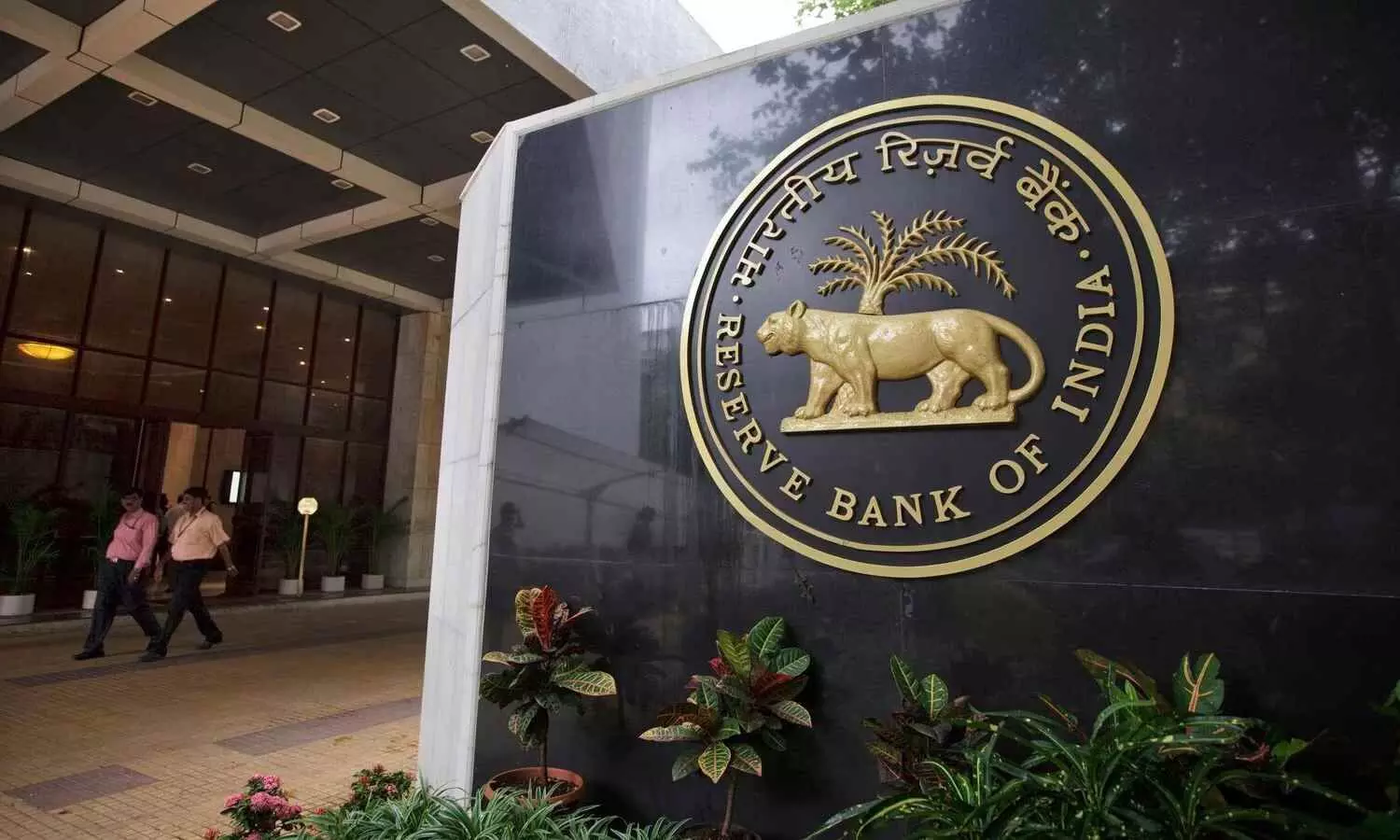RBI predicts significant economic growth for FY25 with favourable monsoon and consumer boost
Let’s take a look at how the Reserve Bank of India anticipates strong economic growth for FY25.
image for illustrative purpose

The Reserve Bank of India (RBI) has projected a robust 7.2% GDP growth for the fiscal year 2024-25, driven by the positive impact of an above-normal monsoon and an anticipated increase in consumer spending. This optimistic outlook reflects the central bank's confidence in the nation’s economic resilience and its ability to recover from recent global and domestic challenges.
The RBI has detailed its quarterly growth expectations for FY25, forecasting 7.3% growth in Q1, 7.2% in Q2, 7.3% in Q3, and 7.2% in Q4. These projections hinge on the expected benefits of an above-normal monsoon, which is likely to enhance kharif crop production and boost rural consumption. Additionally, continued strength in the services sector is expected to support urban consumption, while robust bank and corporate balance sheets, government capital expenditure initiatives, high capacity utilisation, and positive business sentiment are likely to drive investment activity.
In his Monetary Policy statement, RBI Governor Shaktikanta Das emphasised the positive outlook for global growth in 2024, supported by a rebound in global trade, which should benefit India's economic prospects. According to provisional estimates from the National Statistical Office (NSO), India’s real GDP growth for 2023-24 stood at 8.2%. So far in 2024-25, the domestic economy has shown resilience, with manufacturing activity gaining momentum due to strong domestic demand.
The eight core industries posted healthy growth in April 2024, and the Purchasing Managers’ Index (PMI) for manufacturing in May 2024 continued to show global strength, indicating robust economic activity. The RBI’s projection underscores a positive economic outlook driven by favorable monsoon conditions and rising consumer spending. However, maintaining vigilance against potential risks remains crucial to sustaining this growth trajectory.

